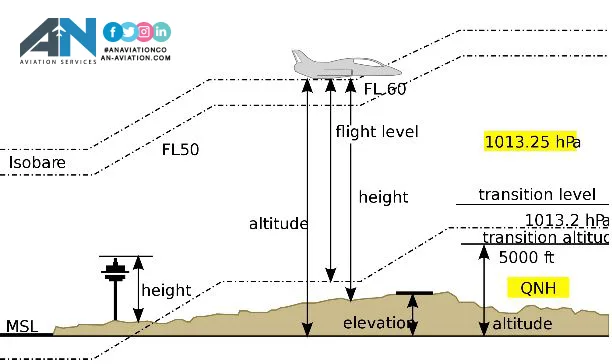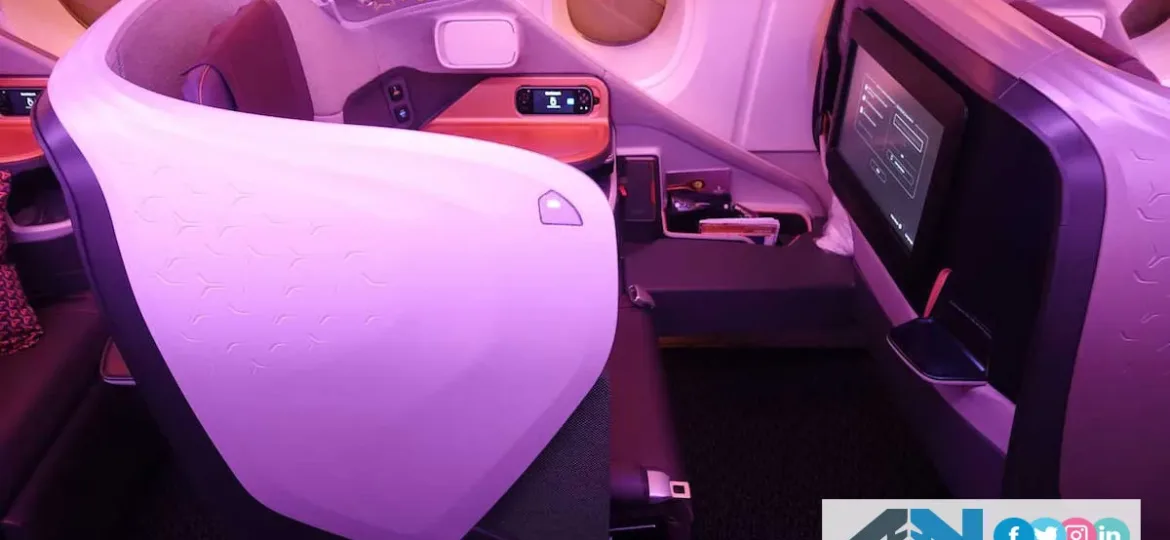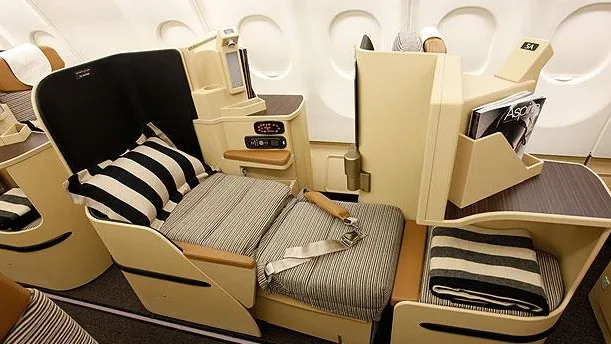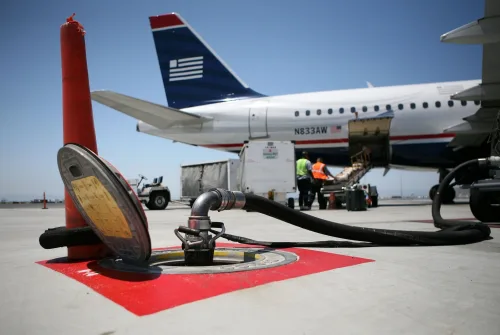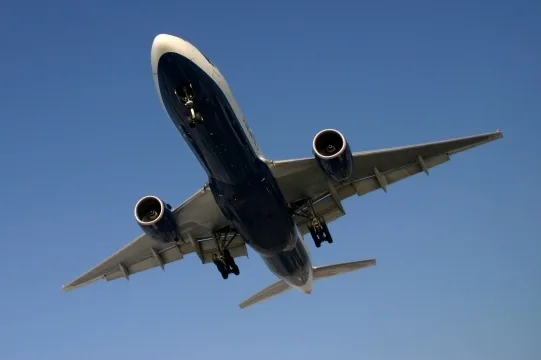When it comes to flying, knowing an aircraft’s elevation is crucial for safety and navigation. But what does “elevation” mean in aviation, and why are there so many types of altitudes?
Aircraft
For modern aviation, having a detailed flight path map is essential to ensure the safety, efficiency, and overall experience of every journey.
In the aftermath of an aviation incident, one term that often surfaces is the black box. This small but powerful device, officially known as the aircraft black box, plays a critical role in investigating accidents and improving aviation safety.
Flying business class has come a long way from simply offering wider seats and more legroom. Today’s airplane business class cabins are designed with luxury, privacy, and comfort in mind, providing an experience that rivals some first-class offerings.
Since it first entered service in 1970, the Boeing 747 has been a groundbreaking achievement in the history of air travel. Known as the “Queen of the Skies,” this jumbo jet has earned its place as one of the most recognizable and beloved aircraft in the world.
The aviation industry is dominated by two giants: Boeing and Airbus. These aerospace companies have competed fiercely for decades, each developing a wide range of commercial aircraft to serve airlines worldwide.
Flying business class is often seen as a luxury reserved for high-flying executives or celebrities, but the truth is, you don’t have to break the bank to enjoy a premium flying experience.
If you’ve ever sat by the window on a plane and looked out at the wings, you might not know that these large structures are not just there to help the aircraft fly—they also serve as massive fuel tanks. But why is fuel stored in the wings rather than other parts of the plane?
If you’ve ever flown in an Airbus A320 or any Airbus aircraft, you may have noticed that the cockpit doesn’t have the large, steering wheel-like yoke seen in many airplanes.
When you see an airplane gracefully turn in the sky, it’s the ailerons that make it happen. These small but essential parts of an aircraft’s control system are responsible for managing the plane’s roll and helping it perform smooth


